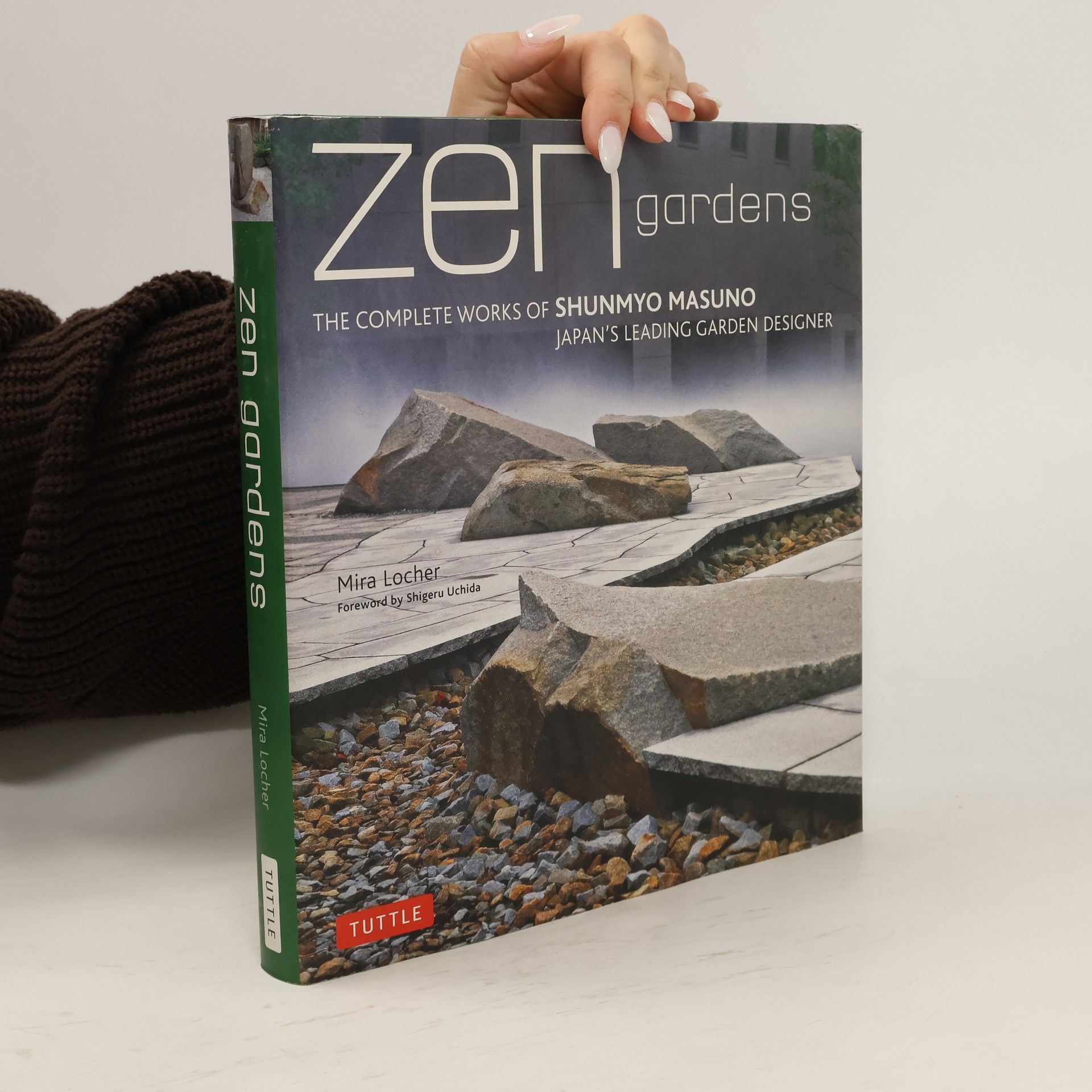Focusing on the innovative work of the Japanese design firm Super Potato, this book showcases the interior designs of restaurants, shops, and hotels, along with Takashi Sugimoto's creations for tea ceremony spaces. The firm is celebrated for its ability to blend traditional Japanese concepts with contemporary aesthetics, using a diverse range of materials to craft simple yet impactful environments. Super Potato's unique approach has significantly influenced interior design both in Japan and internationally, making this a vital resource for design enthusiasts.
Mira Locher Livres





"[F]irst complete retrospective of Masuno's work to be published in English. It presents 37 major gardens around the world in a wide variety of types and settings: traditional and contemporary, urban and rural, public spaces and private residences, and including temple, office, hotel, campus, and guesthouses venues"--Flap of book jacket.
Japanese Architecture
- 224pages
- 8 heures de lecture
Thick thatched roofs and rough mud plaster walls. An intricately carved wood transom and a precisely woven tatami mat—each element of traditional Japanese architecture tells a story. In Japanese Architecture, author Mira Locher explores how each of these stories encompasses the particular development, construction, function and symbolism inherent in historic architectural elements. From roofs, walls and floors to door pulls and kettle hangers, Japanese Architecture situates these elements firmly within the natural environment and traditional Japanese culture. Japanese architecture developed with influences from abroad and particular socio-political situations at home. The resulting forms and construction materials—soaring roofs with long eaves, heavy timber structures of stout columns supporting thick beams, mud plaster walls flecked with straw and sand and the refined paper-covered lattice shoji screen—are recognizable as being of distinctly Japanese design. These constructed forms, designed with strong connections to the surrounding environment, utilize natural construction materials in ways that are both practical and inventive. This fascinating architecture book provides a comprehensive perspective of traditional Japanese architecture, relating the historical development and context of buildings and the Japanese garden while examining the stories of the individual architectural elements, from foundation to roof.
Zen Garden Design
- 160pages
- 6 heures de lecture
Zen Buddhist priest Shunmyo Masuno understands that today's busy world leaves little time or space for self-reflection, but that a garden--even in the most urban of spaces--can provide some respite. In his words, "The garden is a special spiritual place where the mind dwells." With this in mind, Masuno designs spectacular Japanese gardens and landscapes with the aim of helping people achieve a balanced life in the 21st century. This book explores Masuno's design process and ideas, which are integral to his daily Zen training and teachings. It features 16 unique gardens and contemplative landscapes completed since 2012 in six countries--all thoughtfully described and documented with full-color photos and drawings. Readers will also find an insightful essay on Masuno's philosophy of garden design and a conversation between the designer and famed architect Terunobu Fujimori. Zen Garden Design provides an in-depth examination of Masuno's gardens and landscapes--not just as beautiful spaces, but as places for meditation and contemplation.
Issue VII of DIALECTIC, a refereed journal of the School of Architecture, CA+P, University of Utah, focuses on the theme of 'Architecture and Citizenship: Decolonizing Architectural Pedagogy.